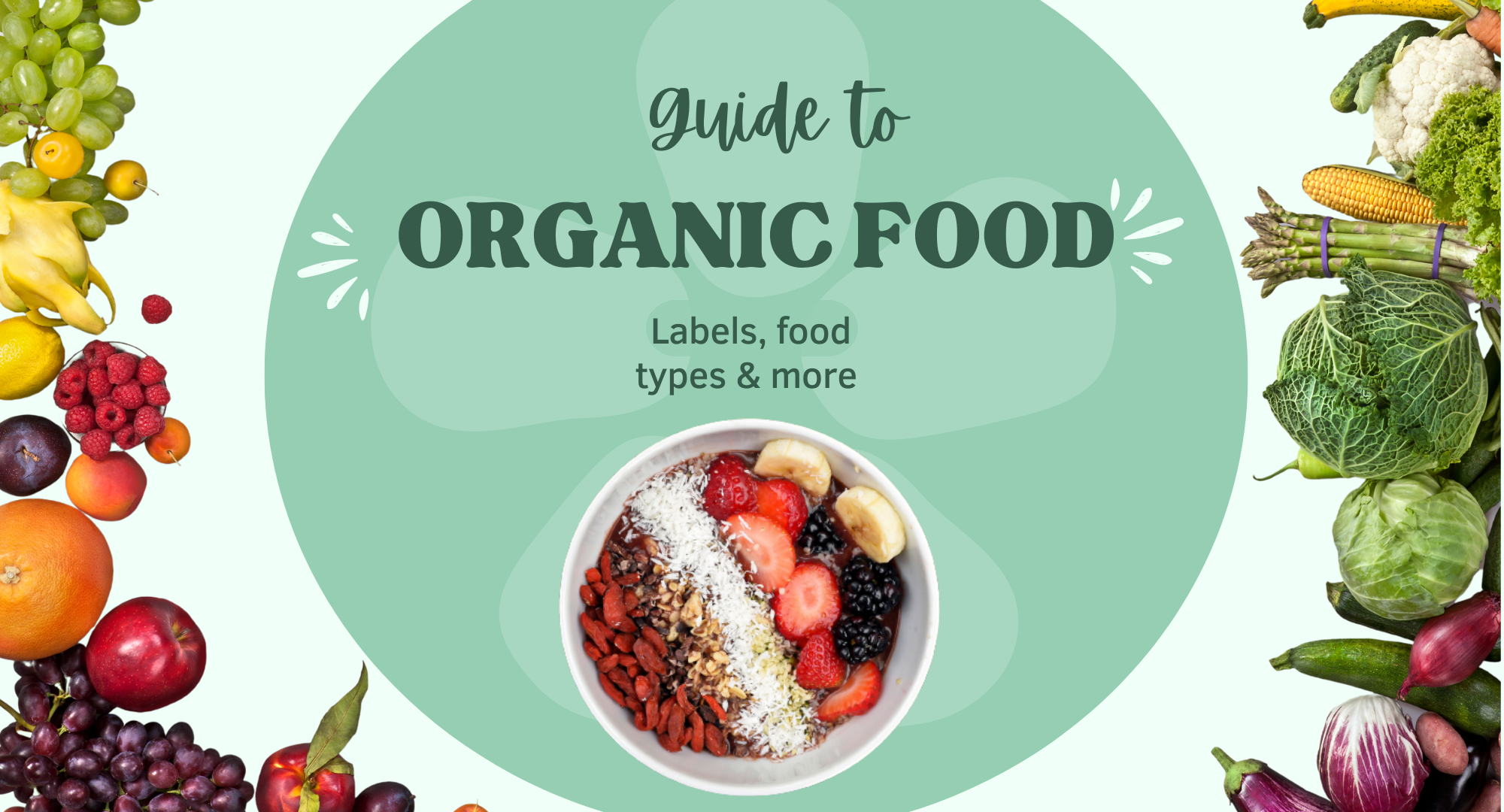In today’s world, many consumers are becoming increasingly aware of the impact their food choices have on the environment, their health, and the economy. Shopping for organic and sustainable ingredients is a step in the right direction toward supporting both your well-being and the planet. Organic foods are grown without the use of synthetic pesticides, fertilizers, or genetically modified organisms (GMOs), while sustainable ingredients prioritize environmentally friendly farming practices that protect ecosystems and conserve natural resources. If you’re looking to make more conscious food choices, here are some tips for shopping for organic and sustainable ingredients.
1. Know the Meaning Behind Organic and Sustainable Labels
When shopping for organic and sustainable ingredients, it’s essential to understand the meaning behind the labels. Organic foods must meet specific government standards, including being grown without synthetic pesticides, chemical fertilizers, or GMOs. Look for the “USDA Organic” seal if you’re in the United States, which guarantees that the product meets these criteria.
Sustainability, on the other hand, doesn’t have one uniform label like organic food. Sustainable farming practices involve reducing environmental impacts, such as using less water, conserving soil health, and promoting biodiversity. Some certifications to look out for include “Fair Trade,” which ensures fair wages and working conditions for farmers, and the “Rainforest Alliance” seal, which signifies environmentally responsible farming practices. Understanding these terms will help you make more informed choices when purchasing products.
2. Shop Locally at Farmers’ Markets
One of the best ways to support both organic and sustainable food sources is by shopping at your local farmers’ market. Buying directly from local farmers helps reduce the environmental impact associated with long-distance transportation of food. Many farmers at these markets practice organic farming methods, and some even grow their produce using sustainable practices without formal certification.
When shopping at farmers’ markets, ask the vendors about their farming practices. Many small-scale farmers are happy to share details about how they grow their food and the steps they take to protect the environment. Not only will you be supporting local businesses, but you’ll also get fresher ingredients that have a smaller carbon footprint.
3. Choose Seasonal and Local Produce
Buying seasonal and locally grown produce is another great way to shop sustainably. When fruits and vegetables are in season in your region, they require less energy and resources to grow, which reduces their environmental impact. For example, local apples in the fall require far less energy to produce and transport than out-of-season tropical fruits that may come from distant parts of the world.
Seasonal produce is often less expensive too, as it’s more abundant. By buying what’s in season, you’ll be able to support local farmers while also eating fresher, more flavorful food.
4. Look for Sustainable Seafood and Meat
Choosing sustainably sourced seafood and meat is an important aspect of eco-friendly shopping. Overfishing and industrial meat production have significant environmental consequences, including damage to marine ecosystems and large-scale deforestation for animal farming. When purchasing seafood, look for certifications such as the Marine Stewardship Council (MSC) or Aquaculture Stewardship Council (ASC) logos. These certifications ensure that seafood is sourced from fisheries or farms that prioritize environmental conservation.
For meat, consider purchasing from local farms or companies that emphasize ethical farming practices. Grass-fed beef, pasture-raised poultry, and pork from small, sustainable farms are better options than conventionally raised animals. Look for labels such as “Certified Humane,” “Animal Welfare Approved,” or “Pasture Raised” to ensure the meat was produced with the welfare of the animals and the environment in mind.
5. Reduce Packaging Waste by Choosing Bulk
When shopping for organic and sustainable ingredients, reduce your environmental footprint by opting for bulk purchases. Many stores offer organic grains, nuts, seeds, and dried fruits in bulk bins. By bringing your own reusable bags or containers, you can avoid the unnecessary packaging that often accompanies pre-packaged goods.
In addition to reducing waste, bulk buying often allows you to purchase only the amount you need, reducing food waste. If you buy in bulk, you can store the items in airtight containers at home and keep them fresh for longer, ultimately reducing your overall waste.
6. Prioritize Whole Foods Over Processed Organic Products
While the organic aisle can be tempting, it’s important to remember that organic processed foods are often just as resource-intensive as conventional processed foods. Organic snacks, cookies, and packaged meals may still come with excessive packaging and may be less healthy than fresh whole foods.
To make the most of your organic shopping, prioritize whole foods like fresh fruits, vegetables, grains, and legumes. These foods are typically less expensive, healthier, and more sustainable than processed options. Plus, they can be used in a wide range of recipes, allowing you to create delicious meals from scratch while avoiding excess packaging and preservatives.
7. Check for Non-GMO Certification
In addition to being organic, many sustainable ingredients are also non-GMO (genetically modified organisms). GMOs have raised concerns about their potential environmental and health impacts. Look for ingredients with a “Non-GMO Project Verified” label to ensure that the product has been tested for genetically modified organisms and does not contain them.
Many people prefer to avoid GMOs due to concerns about biodiversity and the potential unknown long-term effects. By purchasing non-GMO products, you’re supporting a food system that values biodiversity and sustainable practices.
8. Grow Your Own Organic Ingredients
If you have space and time, one of the best ways to ensure you’re eating organic and sustainable food is to grow it yourself. Starting a small garden with herbs, vegetables, and fruits is an incredibly rewarding way to connect with your food and reduce your reliance on store-bought items. Even a small urban garden or a collection of herbs on a windowsill can provide fresh ingredients throughout the year.
Gardening at home also allows you to control the methods used, ensuring no pesticides or harmful chemicals are used in your food. Plus, growing your own food reduces packaging and transportation waste.
9. Be Mindful of Your Food Waste
Sustainability isn’t just about what you buy; it’s also about what you waste. When shopping for organic and sustainable ingredients, try to minimize food waste by buying only what you need and properly storing your produce to extend its shelf life. Use leftovers creatively, compost food scraps, and ensure that your purchases don’t end up in the landfill.
By reducing food waste, you’re not only being more sustainable but also saving money and supporting a more efficient food system.




